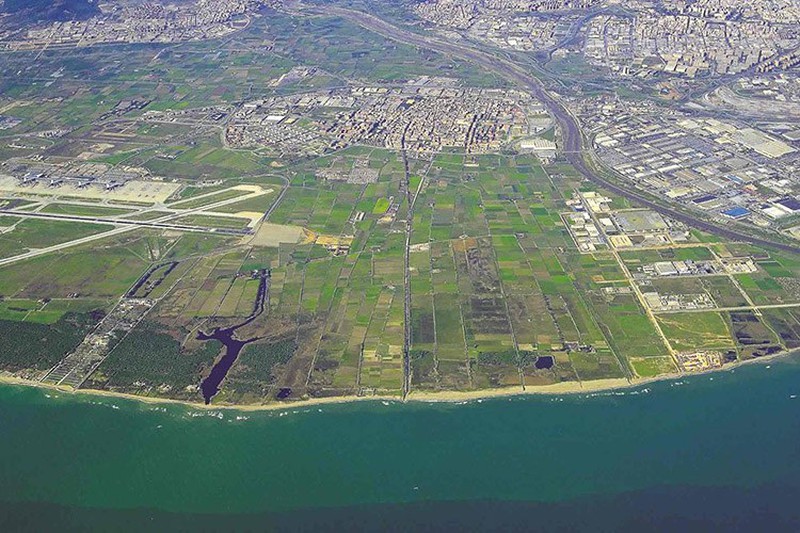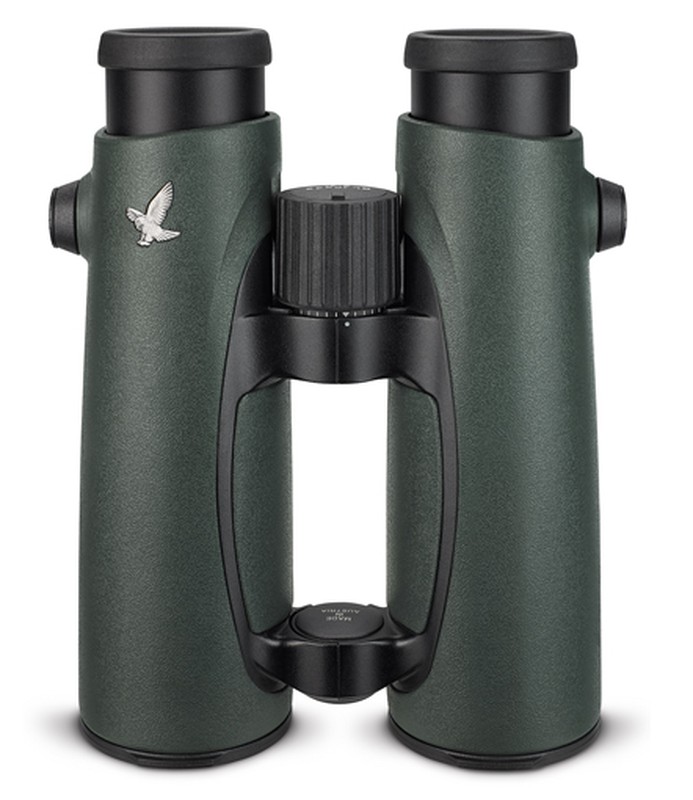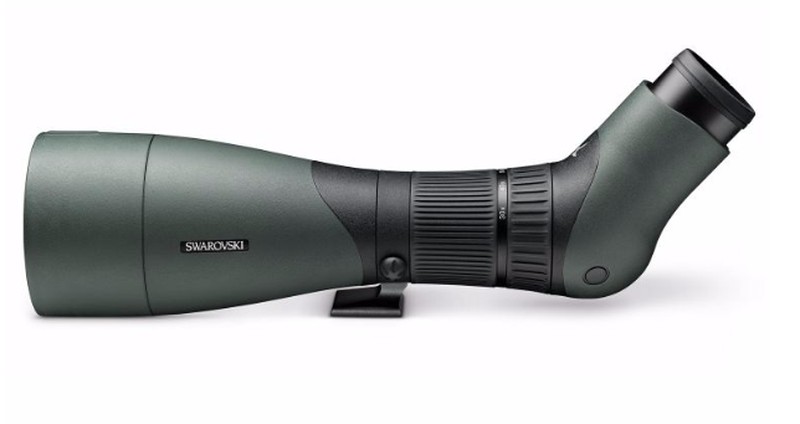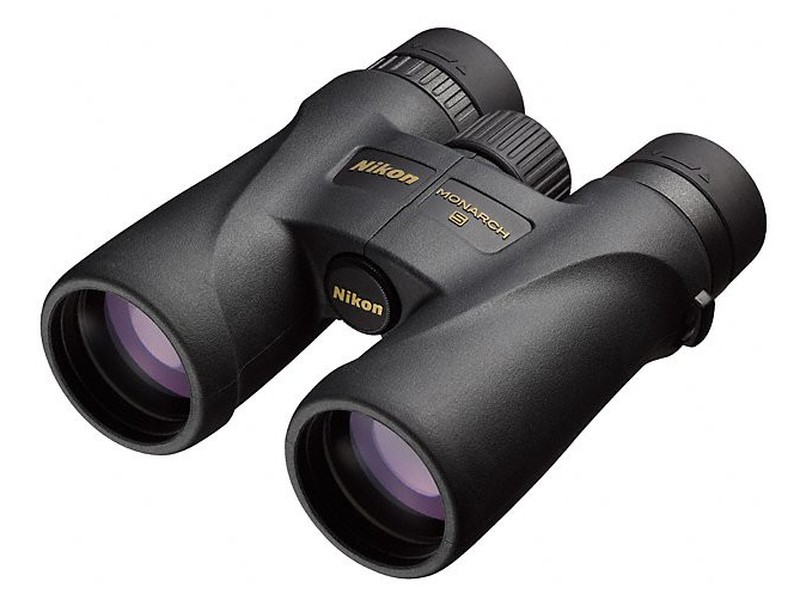Bird watching 3km from the city-Delta del Llobregat
The Delta del Llobregat nature reserve is a privileged place to observe birds very close to the city of Barcelona.

The Llobregat Delta is an alluvial sedimentation plain located southwest of the city of Barcelona, occupying an area of 98km2 between the Montjuïc mountain and the Garraf karst massif.
Photo: Llobregat Delta from the air
The Llobregat River, which originates in the Central Pyrenees (Castellar de n'Hug), empties into the sea in Prat de Llobregat, after a 170km route. Over the centuries, the mouth of the Llobregat has formed a sedimentary structure from Delta, which has gained ground in the Mediterranean Sea. Due to the natural and anthropic modifications of the river's course, salt marshes and brackish ponds have formed, which are a pole of attraction for aquatic and terrestrial life, especially birds.
The Delta occupies a strategic place in the migration of birds in Europe, located between two major nature reserves, such as Els Aiguamolls de l'Empordà and the Delta de l'Ebre. The Llobregat Delta constitutes a resting and feeding place for a large group of species. So much so, that it has been declared a Special Protection Area for Birds (SPA), integrated into the Natura 2000 network.
The diversity of landscapes is an upward value, highlighting the brackish marshes, the coastal pine forests, the dunes and sandy coastal environments and the narrow riverside landscape on the side and on the side of the river. All this in coexistence with one of the largest agricultural parks in Spain.
Photo: Protected areas of the Llobregat Delta
The landscape of the Delta is delicate and sensitive, and its communities are directly exposed to suffocating human activity, leaving this space as an oasis between industry, urbanization, airport and roads.
According to birdlife diversity studies, up to 305 different species of birds can be observed in the Llobregat Delta. These species are divided according to the stay regime in: migrants, wintering and sedentary.
Catalog of the avifauna of the Llobregat Delta
The large population of ducks stands out, among which we can mention the mallard (ànec collverd) Anas platyrhynchos . Other birds such as the Common Ciguañela (Camallarg) Himantopus himantopus , the Black-winged Chortilejo (Corriol camanegre) Charadrius alexandrinus , the Gray Heron (Martinet ros) Ardeola ralloides and the Imperial Heron (Agró roig) Ardea purpurea.
Photo: Short-eared Chortilejo (Michael L. Baird)
The jewels in the crown of the Delta are those threatened species, among which the osprey or the Balearic Balearic Islands stand out. Special protection falls on these species since some of them are on the verge of extinction.
Photo: Baladriga Balear (Conselleria de Medi Ambient i Mobilitat, Govern des Illes Balear)
For bird watching, Raig has at his disposal an extensive catalog of binoculars and ground-based telescopes. From the amateur observer to the most expert ornithologist you will find the material tailored to your needs, price and tastes.
Binoculars of excellent quality, such as the different ranges of Swarovski or Zeiss will offer you a privileged detail, color and image clarity. If your budget is tighter, the versatile and lightweight Vortex or Echenbach range will be a perfect choice.
The viewpoints and different lookout points are a perfect place for the installation of an observation point with a ground telescope. With it you can observe birds from a great distance without hindering your routine. What's more, discover all the secrets of digiscopping and photography using the most advanced ground-based telescopes.
The Llobregat Delta natural space is an easily accessible place from Barcelona and its metropolitan area. Surrounded by communication routes, you can get there by car, bus, train (El Prat, Gavà) and recently even by metro (L9). Just 3 km from the big city we are presented with a comfortable and privileged observation site.
The natural park consortium offers itineraries and guided tours throughout the year, where you can discover all the secrets of this precious and fragile natural space.
Website of the Natural Area of the Llobregat Delta








Opinions of our clients
Receive our news